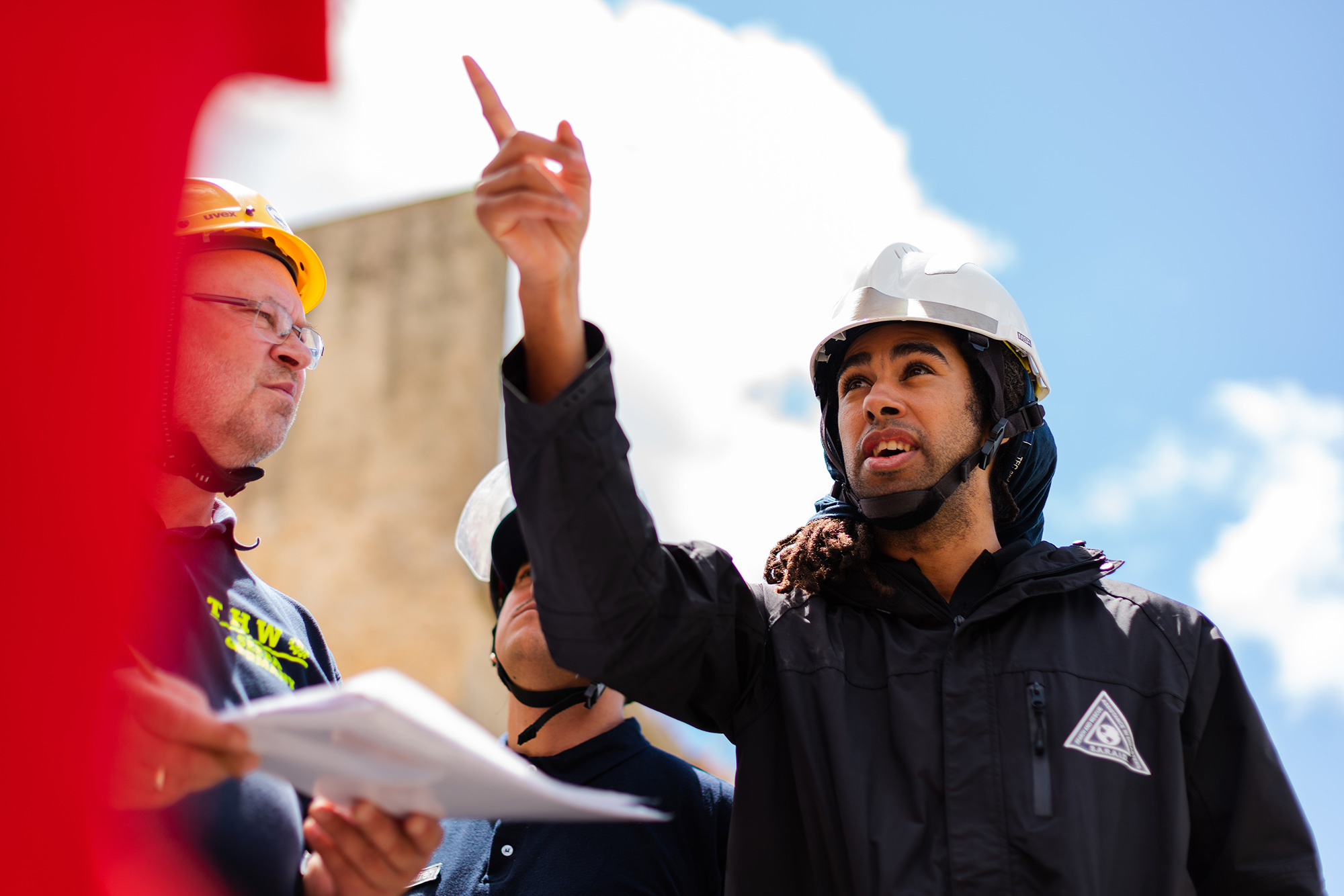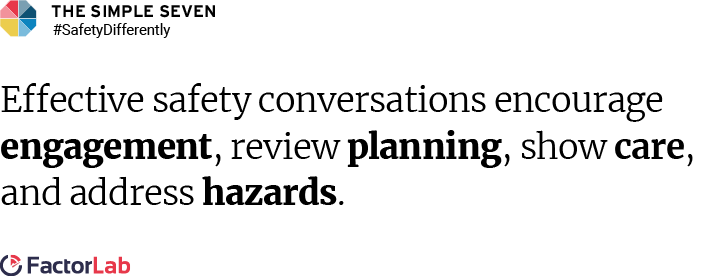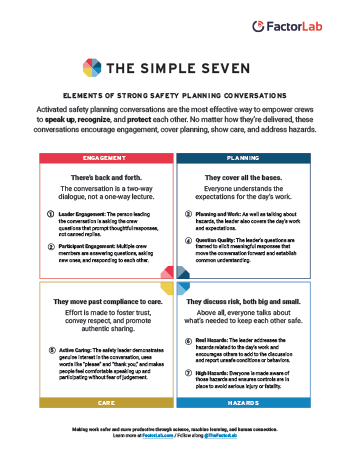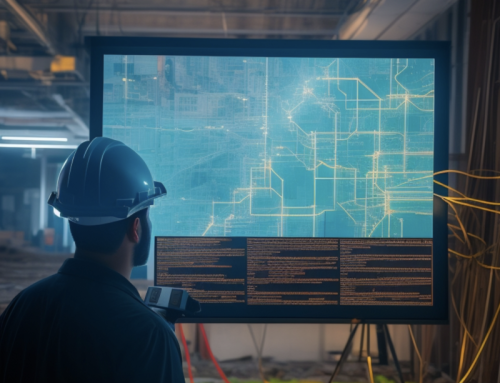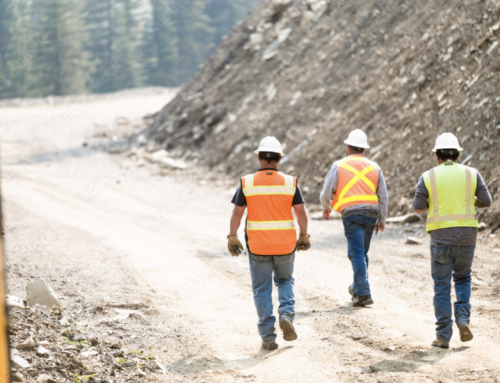Strong safety planning conversations are the most effective and low-cost way to empower teams to speak up, recognize, and protect each other.
Just like the individuals that lead them, all are unique. Regardless of how they’re delivered, they share a set of mutually reinforcing goals:
Encourage engagement
Review planning
Show care
Address hazards
FactorLab has analyzed nearly 20,000 transcripts of real safety planning conversations taking place on jobsites across the country. From this work, we’ve determined that the most effective ones demonstrate seven simple characteristics. While each is important in its own right, when they are all present, they can transform the daily planning conversation into the cornerstone of an optimized safety system.
We know every conversation is different and that some of us are more comfortable leading them than others, but with practice and intention, conversations can become more effective within two weeks. Read on to see what good conversations look like and how the #simpleseven contribute to their effectiveness.
What do good safety conversations look like?
There’s back and forth.
Effective safety planning conversations are two-way dialogues, not top-down lectures. They’re engaging for both the person leading and those who are participating, but engagement in this case looks different depending on your role:
1. Leader Engagement: The person leading the conversation is asking the crew questions that prompt thoughtful responses, not canned replies.
2. Participant Engagement: Multiple crew members are answering questions, asking new ones, and responding to each other.
They cover all the bases.
During a strong safety planning conversation, the leader covers the plans for the day and makes sure everyone understands the expectations for the work at hand. How do they achieve this?
3. Planning & Work: As well as talking about hazards, the leader covers the day’s work and expectations.
4. Question Quality: The leader’s questions are framed to encourage meaningful responses that move the conversation forward and establish common understanding.
They move past compliance to care.
In the most successful safety planning conversations, the leader makes an effort to foster trust, convey respect, and promote authentic sharing amongst all the participants. Ultimately, this reinforces your safety culture.
5. Active Caring: The safety leader demonstrates genuine interest in the conversation, uses words like “please” and “thank you,” and makes people feel comfortable speaking up and participating without fear of judgement.
They discuss risk, both big and small.
Above all, strong safety planning conversations get everyone to talk about what’s needed to keep each other safe, injury free, and going home at the end of the day.
6. Real Hazards: The leader addresses the hazards related to the day’s works and encourages others to add to the discussion and report unsafe conditions or behaviors.
7. High Hazards: Everyone is made aware of those hazards and ensures controls are in place to avoid serious injury or fatality.
That’s it. The simple seven. Please download and share. We’ll all be safer for it.
#simpleseven #safetydifferently

